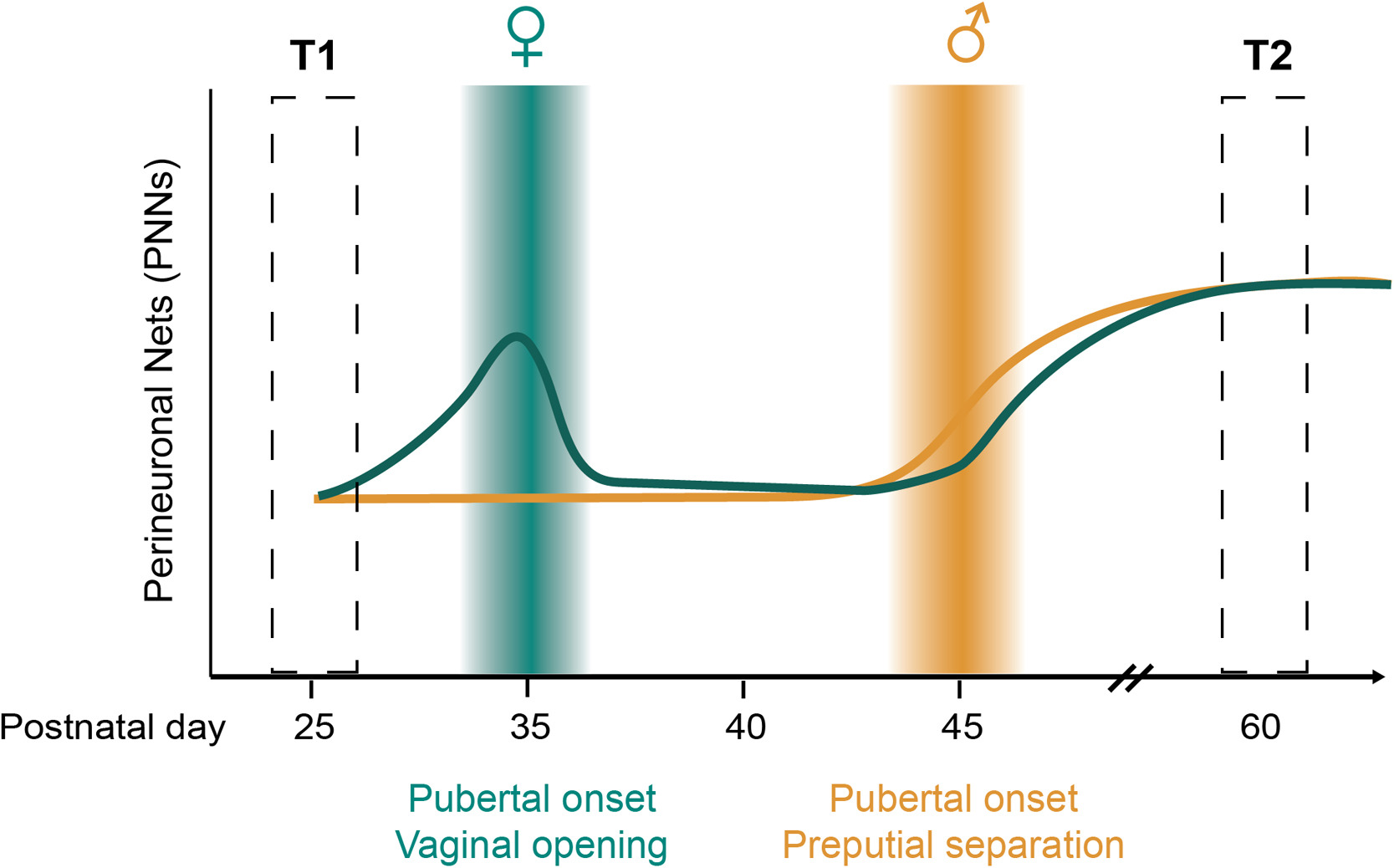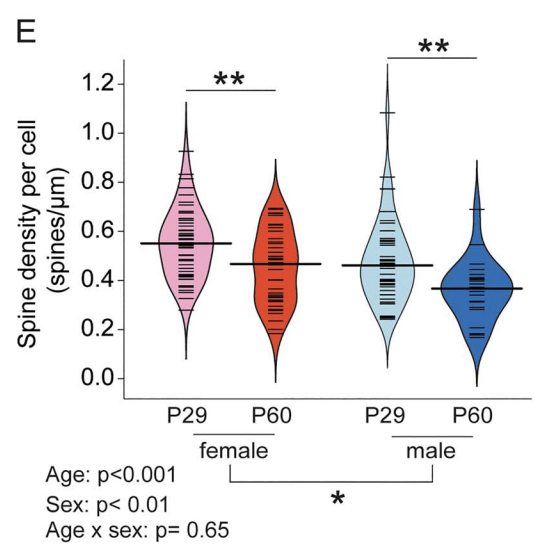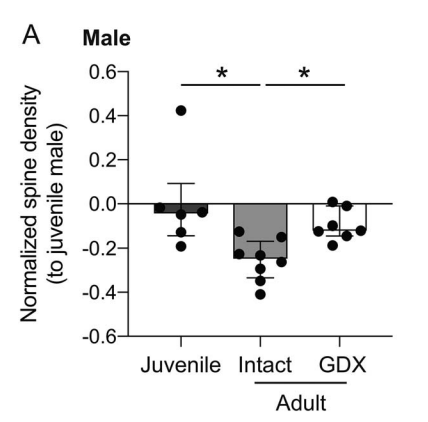Modeling changes in probabilistic reinforcement learning during adolescence
In the real world, many relationships between events are uncertain and probabilistic. Uncertainty is also likely to be a more common feature of daily experience for youth because they have less experience to draw from than adults. Some studies suggest probabilistic learning may be inefficient in youths compared to adults, while others suggest it may be more efficient in youths in mid adolescence. Here we used a probabilistic reinforcement learning task to test how youth age 8-17 (N = 187) and adults age 18-30 (N = 110) learn about stable probabilistic contingencies. Performance increased with age through early-twenties, then stabilized. Using hierarchical Bayesian methods to fit computational reinforcement learning models, we show that all participants’ performance was better explained by models in which negative outcomes had minimal to no impact on learning. The performance increase over age was driven by 1) an increase in learning rate (i.e. decrease in integration time scale); 2) a decrease in noisy/exploratory choices. In mid-adolescence age 13-15, salivary testosterone and learning rate were positively related. We discuss our findings in the context of other studies and hypotheses about adolescent brain development.
Liyu Xia, Sarah L. Master, Maria K. Eckstein, Beth Baribault, Ronald E. Dahl, Linda Wilbrecht, Anne Gabrielle Eva Collins, Modeling changes in probabilistic reinforcement learning during adolescence, July 2021, https://doi.org/10.1371/journal.pcbi.1008524




